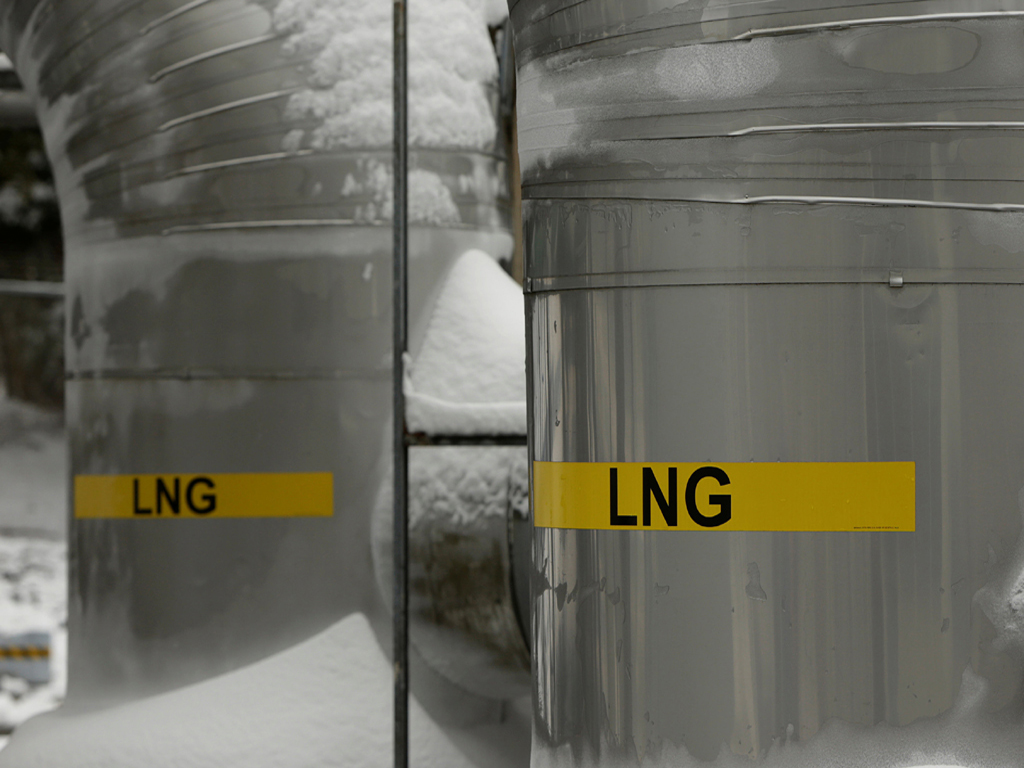US LNG exports soar in 2019 but supply glut may await in 2020
- LNG is seen as an alternative for Asian countries that have relied on coal-fired power plants. LNG exports have surged in recent years out of Qatar, Australia, and the US.
- It's likely that LNG prices will stay somewhat depressed in 2020, unless we get a cold winter across the pond and in the Far East.
- That is bad news for US gas producers counting on LNG exports - the fastest growing source of gas consumption - to keep hoovering up growing US production.

US exporters of liquefied natural gas (LNG) head into 2020 after a record year that saw exports soar by more than 60%, but growing concerns about weakened demand and heavy competition could act as headwinds in the coming year.
Four new liquefaction trains - the common term for a shipping facility - entered service this year in the United States. The US is on track to become the biggest global LNG exporter by 2024.
LNG is seen as an alternative for Asian countries that have relied on coal-fired power plants. LNG exports have surged in recent years out of Qatar, Australia, and the United States, the three biggest exporters of the super-cooled fuel.
The fickle nature of the market was apparent early this year, when a warm winter in Asia cut heating demand and prompted Asian importers to divert cargoes to Europe.
"It's likely that LNG prices will stay somewhat depressed in 2020, unless we get a cold winter across the pond and in the Far East," said James Mick, managing director and energy portfolio manager at energy investment manager Tortoise.
Prices in Europe and Asia are down by around 40% so far in 2019 to their lowest in years. Analysts at Morgan Stanley and Energy Aspects say some US LNG export terminals could shut temporarily in 2020 due to a lack of demand. Lower prices and weak demand could endanger the myriad of LNG projects still in development.
Over the past couple of months, Singaporean gas importer Pavilion Energy canceled the loading of a US LNG cargo and some Chinese companies were offering to resell cargoes as they grapple with high inventories and weak demand due to a slowing economy and a milder than usual winter.
That is bad news for US gas producers counting on LNG exports - the fastest growing source of gas consumption - to keep hoovering up growing US production.
Despite low prices, US LNG developers in 2019 decided to build a record amount of capacity, and 10 different developers could decide to go ahead with projects in this coming year. However, the headwinds are making it difficult for some developers to sign enough long-term customer agreements needed to finance export projects.
Several LNG developers put off making final investment decisions (FIDs) for new facilities until 2020 as a result.






















Comments
Comments are closed.